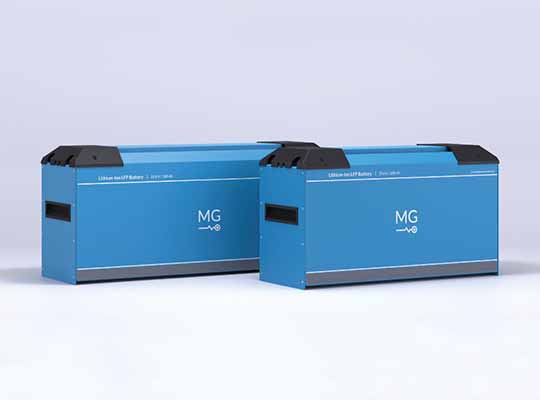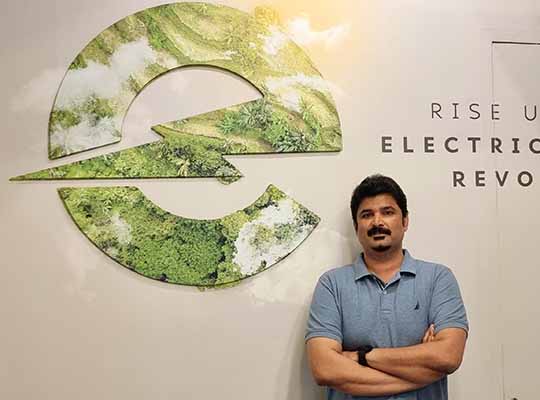Another milestone, the new LFP230 lithium-ion LiFePO4 battery is here! In addition to the existing LFP280 the new LFP230 joins the LFP series. This smaller sized battery provides extra possibilities in terms of scalability. With a storage capacity of 5.8 kWh, system configurations can be fitted to the customers desire. The assembly line for this new battery model starts rolling this autumn. Therefore the first batches will be available from the end of November.
Key benefits
- LiFePO4 chemistry
- Ideal weight / size ratio
- In series up to 96 Vdc (4 in series)
- Available with RJ45 or M12 CAN-Bus
- Use multiple parallel strings to increase capacity
Brief specifications
- Capacity 5.8 kWh – 230 Ah
- Voltage 25.6 Vdc
- Weight 41 kg
- Dimensions ( l x h x w ) 517 x 294 x 193 mm
Compared to the popular LFP280, the height and width of the new LFP230 are similar. However the length is 135mm shorter. As a result smaller compartments can be fitted with an LFP based battery system. Besides this, the LFP230 is 12 kg lighter than the LFP280. In other words, the ideal addition to the LFP product family.
Connect battery systems in series up to 96 Vdc
The standard voltage of the LFP230 battery is 24 Vdc. However, you can easily create a 48 Vdc, 72 Vdc or 96 Vdc battery system. To do so, connect respectively 2, 3 or 4 batteries in series.
LiFePO4 Battery
The LFP battery is the robust battery in the MG product line. This battery provides a stable and solid performance. As a result of the thermal and chemical stability of this battery, the safety is improved.
System integration and scalability are key benefits of MG’s LiFePO4 batteries. Easily expand your energy storage system (ESS) by connecting the LFP230 lithium-ion battery in parallel or series. The LFP Series batteries are perfectly suitable for many applications. To sum up some examples: electric propulsion, mobile power packs and generator replacement.
In addition, use this LFP230 battery module for solar energy storage and peak shaving applications. Every MG energy storage system must include one or more MG Master battery management controllers for safe operation. Connect multiple MG Masters in parallel to create a redundant system. This increases the reliability of your battery system.













